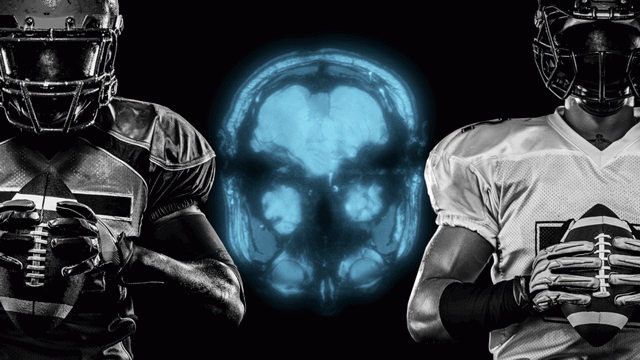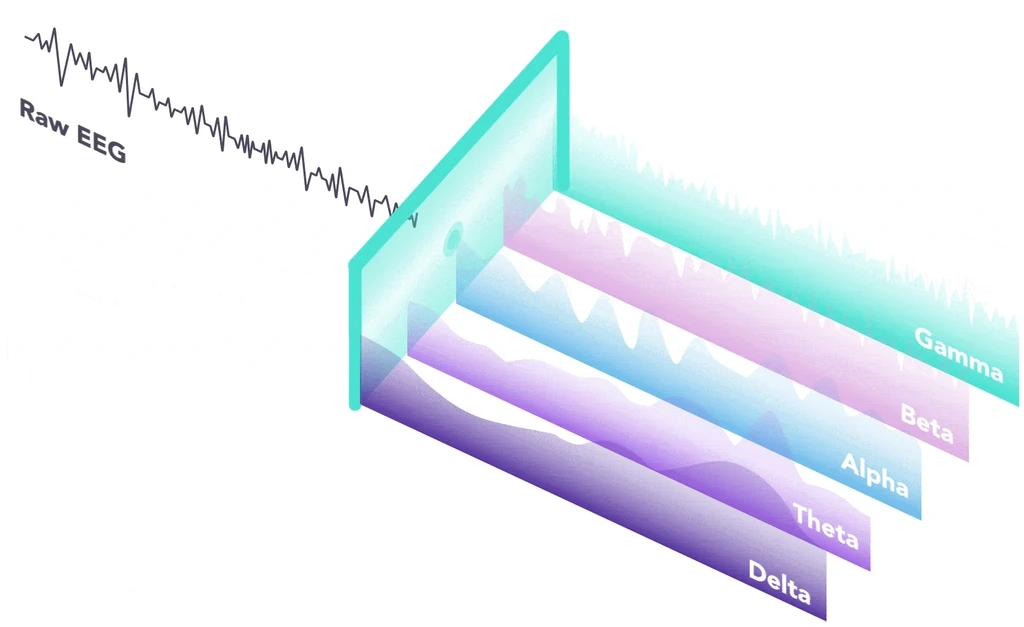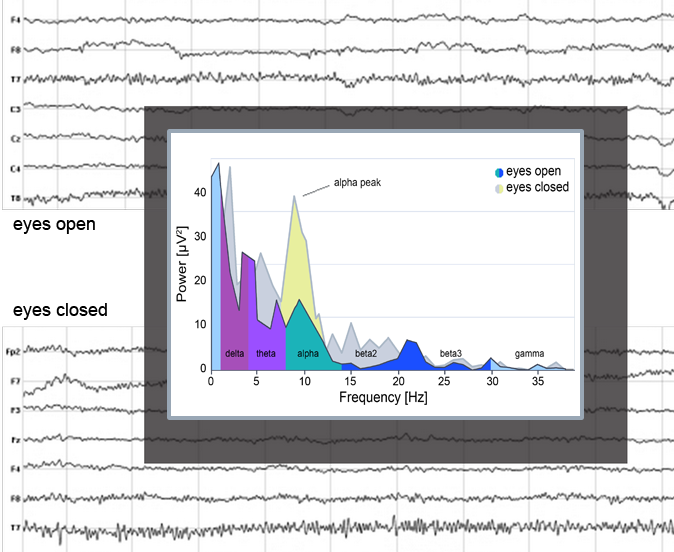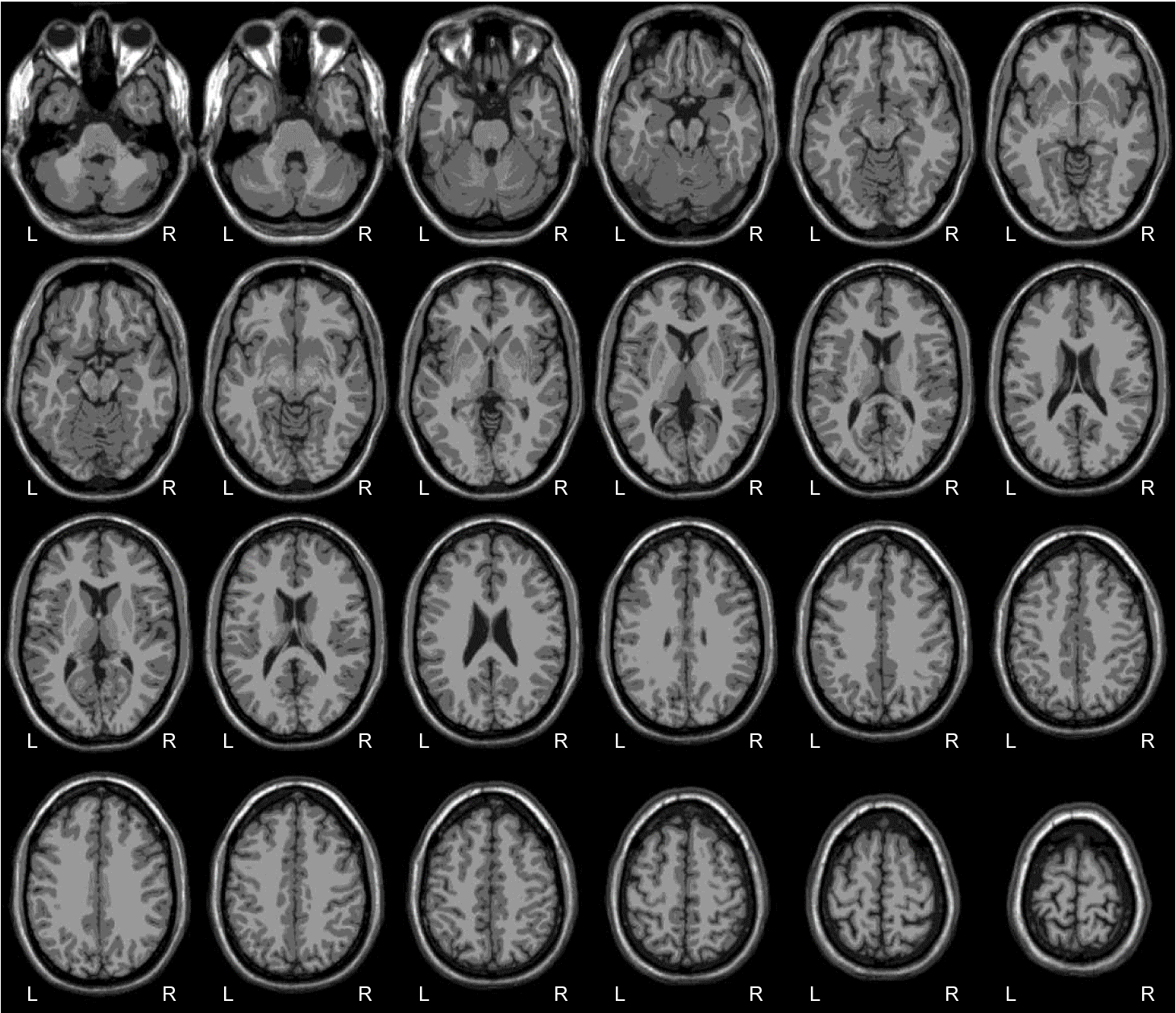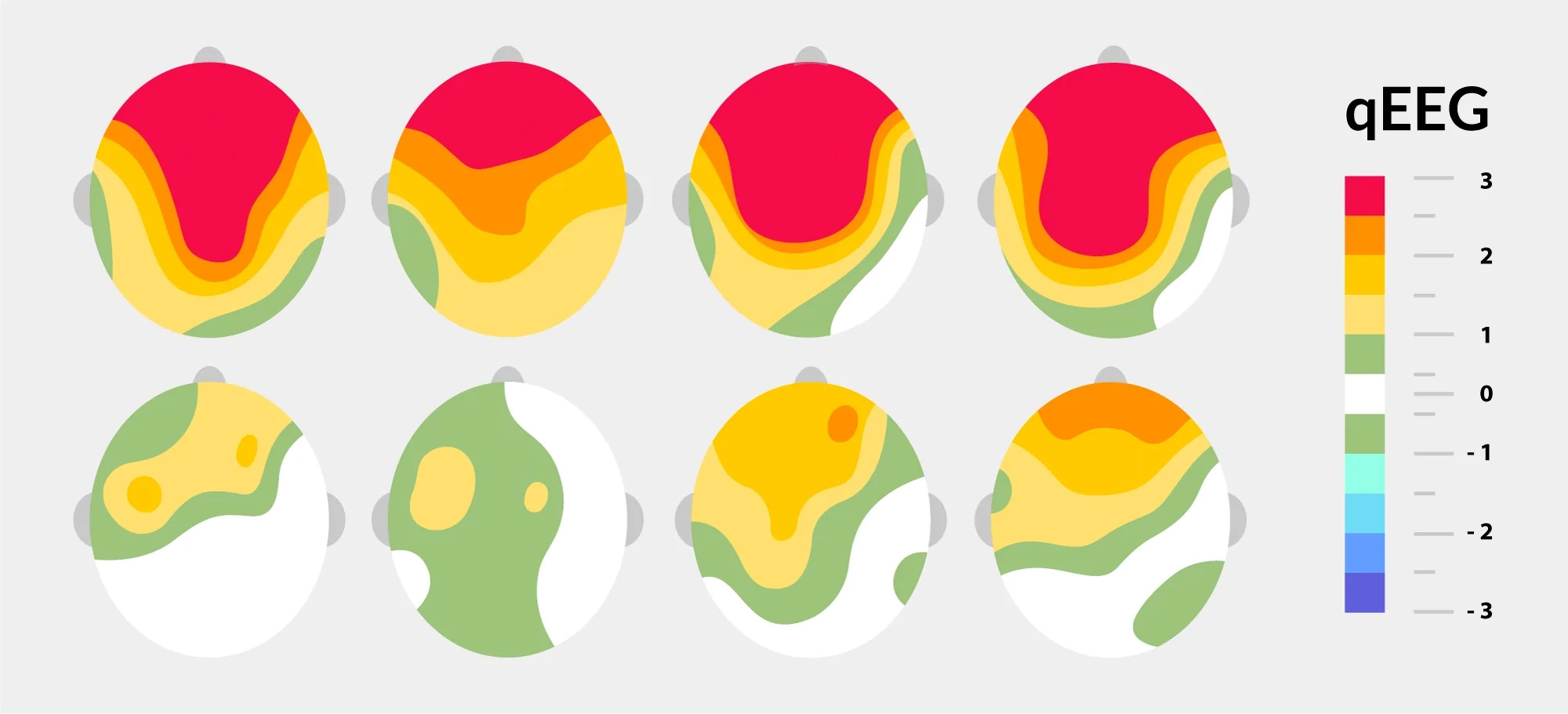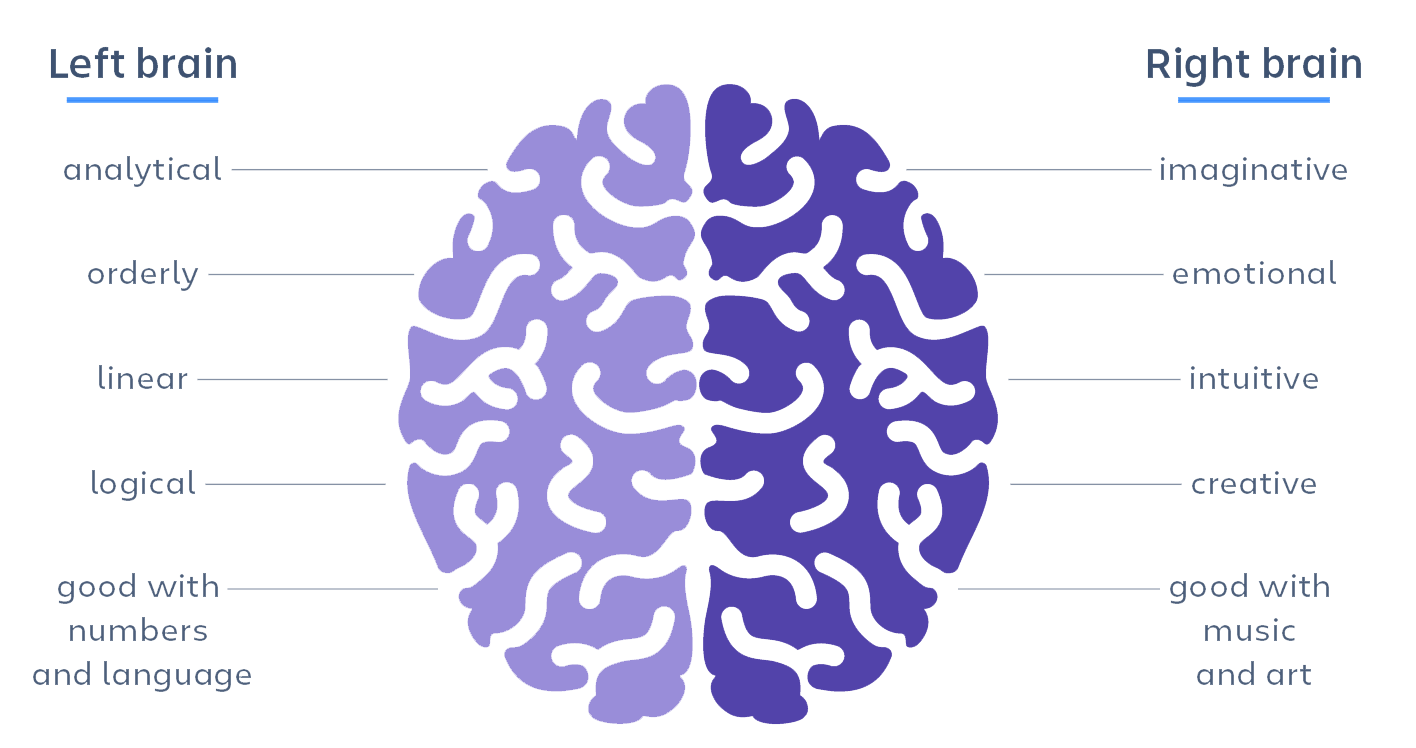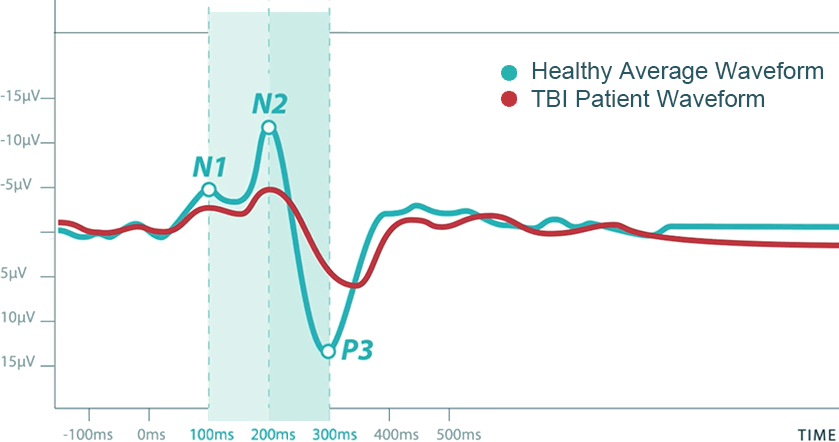Brain Maps
Computational EEG head maps visually compare a patient's brain activity against a standardized database. BrainView physicians receive onboarding training and ongoing clinical education, enabling them to recognize various patterns in head maps that can facilitate accurate diagnoses.


